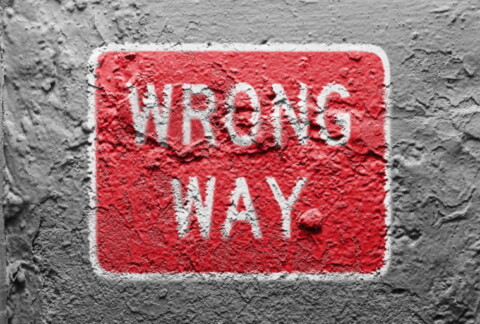How to choose the right images for your website
When it comes to the images you choose to use on your website pages, remember, it really can make it or break it with visitors. First impressions truly do count; that’s why you need to put some careful thought into what images you are going to use, their purpose and the message you are trying to get across.
It’s not only the look of your images either: the number, use of and size of images on your website can also have an effect, not only with visitors, but your website’s performance too. In this article we’ll share some tips with you that will hopefully help you make the right choice with any images you use on your own website.
The power of an image
An image can be a highly effective communication tool in relaying a message or emotion and has the capacity to immediately capture someone’s attention, or even repel them. Take a website’s home page for example, visitor’s minds will firstly focus on any image shown, and then move on to process text content.
The purpose of images
To be effective, images displayed on a website should compliment and enforce what is being relayed in the text content. Just popping a random image that has no purpose into a web page will have visitors distracted and perplexed; the message being relayed in the text content will then be become diluted or even forgotten.
Relevant and authentic images
Any images used on a web page need to be relevant to the subject matter of the text content on that web page. Those images also need to be honest and believable so that they portray your company’s values and resonate and connect with visitors. Using glossy, picture postcard perfect images can look completely false and out of place. Not good idea at all if you want visitors to perceive you as credible and authentic.
Excess use of images
Many website owners find creating informative and unique text content difficult and will turn to use images as ‘fillers’ for their web pages. Using a careful balance between images and text should always be employed. When images are used, they should be strategically positioned on a web page to introduce, enhance and backup the message being relayed in the text content.
Online store images
We all love online shopping and will be more tempted to reach for our credit card if we can see that the product is exactly what we want. Most ecommerce website owners understand how essential it is to display clear, authentic, multiple images of a product on their websites. Many will show products from different angles and employ a zoom-in feature that allows us to view details up close.
Image Quality
If you are investing in a new website, then you really must invest in high quality images too. For example, if you want to showcase your premises, your products, or individual team members, it’s probably best to use the services of a professional photographer. For lifestyle and general images, why not consider the affordable high-quality images offered by a image library provider like Shutterstock.
Image impact on web performance and SEO
Where possible, all images should be optimized for use on a website. Large, uncompressed images can cause slow page loading times and affect website site speed. As a result, this can have a direct impact on your SEO efforts. Once you have correctly sized images on your website don’t forget that these can be further enhanced for SEO by being given titles, descriptions etc.
Help with your images
Your chosen web designer should be able to assist you with all of the above-mentioned topics to ensure that your website makes the correct and effective use of images. They will also be able to help you with image optimization and image SEO activities. Many web design companies like us also offer free library stock images to use on your website as part of the project cost.


